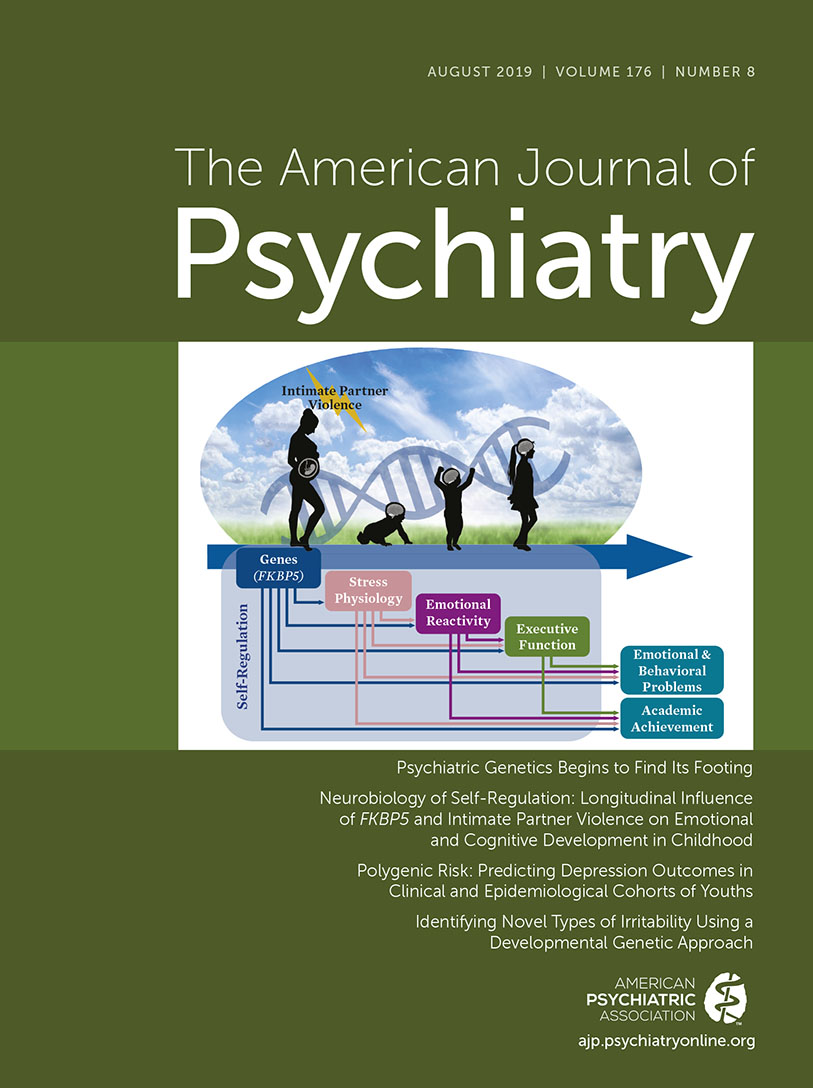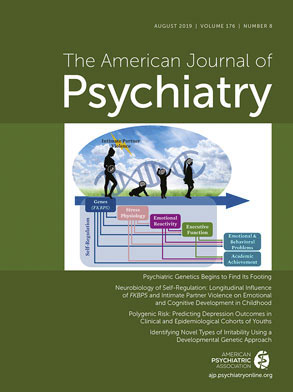Our current understanding of genetics and heritability rests on the seminal 19th-century work of Charles Darwin and Gregor Mendel. It was Darwin in his 1859 publication On the Origin of Species who presented to the world his concepts of natural selection and evolutionary theory. In 1866, Gregor Mendel provided a plausible mechanism for the transmission of these species-wide evolutionary effects—Mendelian rules of inheritance—from his studies of the intergenerational transmission of traits in pea plants. However, it was not until almost 100 years later, in 1953, when Watson and Crick, using X-ray crystallography data from Rosalind Franklin, reported the structure of DNA as characterized by a double helix, which set the stage for a molecular understanding of genetics and heritability. Another critical landmark was the completion of the Human Genome Project, which in 2003 provided full sequence information for the human genome. Based on this international effort and on many other contributions, we now have a deep understanding of the molecular and genetic mechanisms underlying heritability. The field of medicine has greatly benefited from these advances, with successes realized in relation to the diagnosis and treatment of some diseases with Mendelian patterns of heritance, as compared with the more complicated genetics associated with many other common illnesses. An example in which the successful use of complex genetic information has transformed patient care is evident in the treatment of cancer, where tissue typing is being performed in malignant tumors to characterize tumor-specific mutations and RNA expression patterns. These technologies have yielded unexpected molecular insights into tumor biology at the individual level and have resulted in unforeseen, effective personalized treatment approaches. The technological advances that have propelled the analysis of DNA, RNA, epigenetic regulation, and proteins have been spectacular, and affordable technologies are now available to perform large-scale genome-wide association studies (GWASs) as well as the full sequencing of individual genomes and transcriptomes. Although there is no doubt that psychiatry has benefited from the “genomic revolution,” we are still very early on in using these advances to directly impact the care of our patients. This issue of the Journal is focused on psychiatric genetics, with the aim to provide our readership with an understanding of the principles and value of clinical molecular genetics, to deliver updates on new developments in relation to specific psychiatric illnesses, and to provide a glimpse into the challenges facing the real-world clinical utility of molecular genetics in psychiatry.
We begin this issue with an overview on psychiatric genetics by Jordan Smoller (
1). Dr. Smoller, from Harvard Medical School, is the director of the Psychiatric Neurodevelopmental Genetics Unit at Massachusetts General Hospital and is a leader in the field of psychiatric genetics. Dr. Smoller provides a fundamental foundation for understanding the principles relevant to psychiatric genetics: heritability, the identification of genetic risk loci, the polygenic nature of psychiatric illnesses, GWAS and polygenic risk score (PRS) approaches, and the transdiagnostic nature of polygenic effects in psychiatry. With in-depth discussions and insightful observations, he links these principles to the articles in this issue, predicting an optimistic future for the utility of psychiatric genetics.
Two additional, thoughtful editorials are also included in this issue. David Goldman, from the National Institute on Alcohol Abuse and Alcoholism, and chief of the Laboratory of Neurogenetics, discusses the use of genetics to predict depression (
2); and Fabiana Lopes and Francis McMahon, chief of the Human Genetics Branch at the National Institute of Mental Health, discuss an article that uses genetics to understand the risk for suicide (
3).
The original research articles in this issue provide potentially important findings, many of which have developmental implications pointing to early-life vulnerabilities. In an article from Elisabeth Binder’s group, Halldorsdottir et al. (
4) demonstrate the plausibility of using genetic information from large cohorts of adults to predict depression in youths. By using PRSs derived from adult populations, the findings convincingly demonstrate the value of applying genetic data derived from depressed adults to children. The authors also examined the influences of child abuse on the likelihood of youths developing depression, and not surprisingly, they found an effect; interestingly, this effect was independent of that attributed to genetic risk. David Goldman, in his editorial, discusses these data in relation to their effect size and other findings in the field and considers the challenges of using today’s available genetic strategies to guide consumers who are concerned about their individual risk for developing depression.
In another article by Halldorsdottir and coworkers (
5), the influences of risk alleles in the
FKBP5 gene and their interaction with parental interpersonal violence are characterized in relation to the childhood development of physiological, emotional, and cognitive “self-regulatory” capacities. A considerable amount of data from the Binder group, as well as others, points to the importance of the
FKBP5 gene in modulating cortisol regulation and as a risk factor for the development of psychopathology. Here, the authors show a gene-by-environment interaction such that children who develop a heightened sensitivity to stress (increased emotional reactivity and prolonged stress-induced cortisol) were more likely to be exposed to higher levels of parental interpersonal violence and to have the risk alleles for the
FKBP5 gene. Importantly, when assessed in middle childhood, these children were more likely to have poorer school achievement and behavioral problems.
In another developmentally focused paper, Riglin and colleagues (
6) shed light on the symptom of childhood irritability and its longitudinal expression in part by using PRSs for attention deficit hyperactivity disorder (ADHD) and depression. These authors identified five different irritability-related trajectories and found that children with early onset and high levels of irritability were more likely to be boys with childhood ADHD and increased ADHD PRSs. In comparison, individuals with an irritability trajectory that was characterized by adolescent onset and increasing over time were more likely to be female and have associations with adolescent depression and increased depression PRSs. Taken together, these findings help with understanding the heterogeneous nature of childhood irritability and with clarifying how these symptoms evolve over time in relation to the development of different psychiatric disorders.
Davis et al. (
7) in this issue present findings relevant to the genetic underpinnings of autism that implicate variation in the copy numbers of a specific region of chromosome 1, the Olduvai protein domain. The genes and proteins associated with this domain are very interesting, as their numbers of copies are markedly increased in humans compared with other species, and they have been linked to brain development (including brain size). Unlike findings from GWASs that assess multiple single-nucleotide variations, the methods used by Davis et al. allow for an understanding of copy number variants representing much larger components of a gene or chromosomal region. In their article, Davis et al. provide data constituting a third replication of the finding of an association between Olduvai copy number variants and autism severity. This relation was selectively found in autistic individuals from multiplex families—families presumed to have a genetic load in which there were at least two children with autism. The data from this study further implicate specific genes within the Olduvai family in heritable autism and in my view provide a basis for more in-depth, mechanism-based studies in preclinical animal models of psychiatric disorders.
In a collaborative study involving numerous research groups, Mullins et al. (
8) provide data from the largest ever GWAS examining the genetic underpinnings of suicide attempts across patients with major depression, bipolar disorder, and schizophrenia. Although the authors found a few significant genetic loci in the major depression and bipolar disorder groups, these findings were not replicated in data from other large cohorts. However, PRSs for depression were found to be associated with suicide attempts regardless of diagnosis, whereas PRSs for schizophrenia or bipolar disorder were not associated with increased risk. In their editorial, Fabiana Lopes and Francis McMahon discuss these findings in more detail and speculate about the implications of the finding that genetic risk for depression is broadly associated with suicidal behavior across diagnoses.
Finally in this issue, Escott-Price and colleagues (
9) use PRSs to address possible relations between the genetic risk for schizophrenia and fecundity. One of the aims of this article is to clarify why risk genes for such a devastating illness persist in the general population. Although the authors find a significant but weak positive association between PRSs and the number of children produced by women without schizophrenia, the magnitude of this effect is much less than the negative association with fecundity observed in men with schizophrenia. These findings suggest that the negative selection conferred by the illness is much greater than any supposed survival advantage that schizophrenia risk genes might bring to the unaffected general population.
In conclusion, the articles in this issue of the Journal present findings from the very best studies examining the genetic underpinnings of psychiatric and neurodevelopmental illnesses. Numerous interesting genetic insights are presented, including those relevant to depression in youths, emotional and physiological regulation in response to stress, autism severity, and fecundity with respect to schizophrenia. PRSs are commonly used in these articles for predicting illness, identifying those at risk, and understanding transdiagnostic symptoms such as irritability and suicidal behavior. As noted in the editorials, these approaches continue to be refined and hold great promise for future clinical applications. We have come a long way since the discoveries of Darwin and Mendel and have vastly increased our knowledge of psychiatric molecular genetics. We look forward to additional discoveries and innovative technologies that will allow us to confidently apply genetic information to improve our clinical outcomes.

